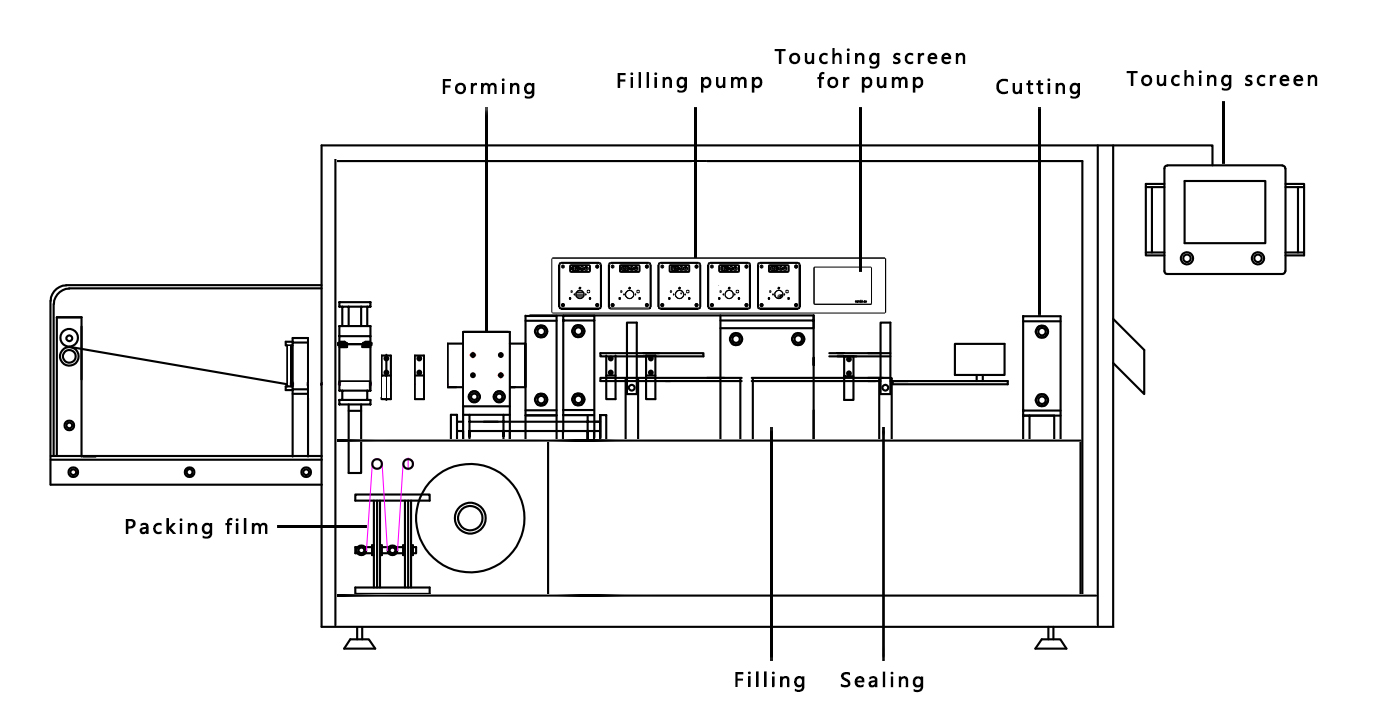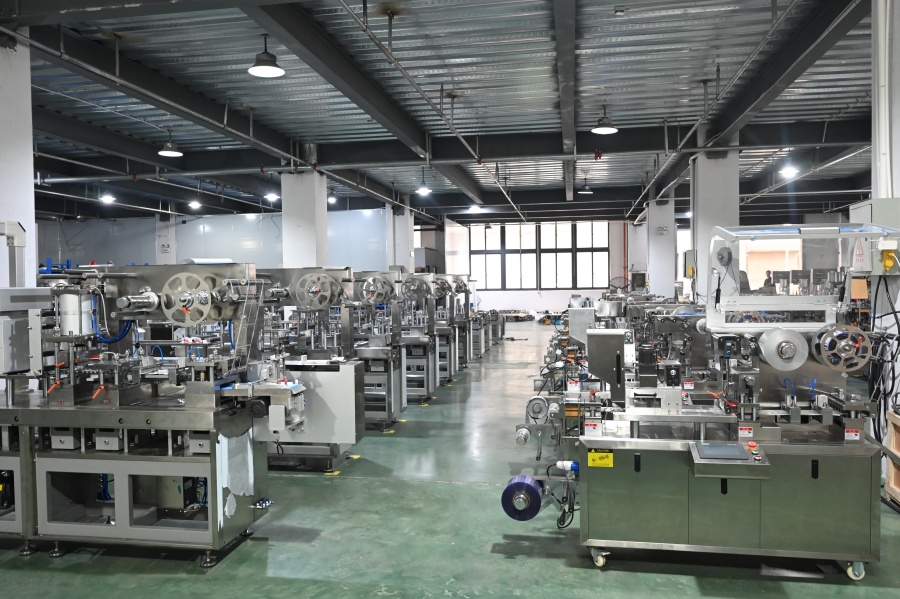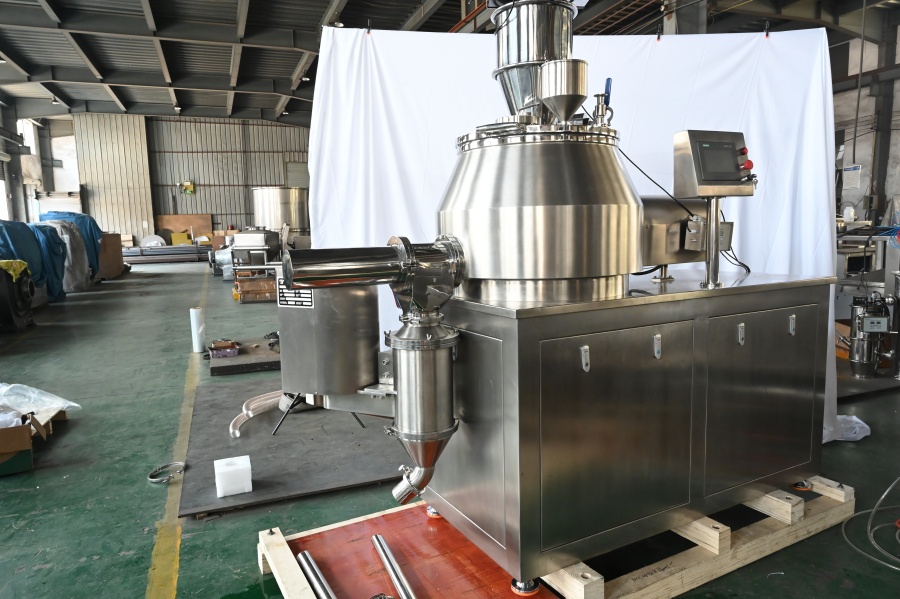A blister packaging machine is a special device that creates protective packages for small items. These machines are common in many industries. You see their work every day in stores.

Think about medicine pills in clear plastic bubbles. Or small toys in hard plastic cases. These packages come from blister packaging machines. The machine wraps products in clear plastic. Then it seals them with cardboard or foil backing.
These machines make packaging fast and safe. They protect products from dirt, water, and damage. Many companies use them because they work well and save money.
Common Types of Blister Packaging Machine
There are three main types of blister packaging machines. Each type works differently and serves different needs.
Manual Blister Machines
Manual Blister Machines are the simplest type. Workers load products by hand. These machines work slowly but cost less money. Small businesses often choose manual machines. They make about 20 to 50 packages per minute.

Semi-Automatic Blister Packaging Machines
Semi-Automatic Machines work faster than manual ones. Workers still load some parts by hand. But the machine does most of the work automatically. These machines make 50 to 100 packages per minute. Medium-sized companies like these machines.

Fully Automatic Machines
Fully Automatic Machines do everything without human help. They work very fast and make perfect packages every time. These machines can make 200 to 500 packages per minute. Large companies use automatic machines for big production runs.

What Are the Components of a Blister Packaging Machine?
Blister packaging machines have several important parts. Each part has a special job in making packages.
The forming station shapes the plastic into bubbles or pockets. It heats the plastic and pushes it into molds. This creates the clear plastic bubbles that hold products.

The feeding system moves products into the plastic bubbles. Some machines do this automatically. Others need workers to place products by hand.

The sealing station joins the plastic bubbles with backing material. It uses heat and pressure to make a strong seal. This keeps products safe inside their packages.

The cutting station separates individual packages from the main sheet. Sharp blades cut clean edges around each package.

Key Parts of a Blister Packaging Machine
Several key parts make blister packaging machines work properly.
Heating elements warm up the plastic material. The plastic becomes soft when heated. This makes it easy to shape into bubbles and pockets.

Vacuum pumps pull air out of the forming area. This suction helps shape the plastic into the right forms. It also makes the plastic fit tightly in the molds.

Pressure rollers press materials together during sealing. They make sure the plastic and backing stick together firmly.

Control panels let operators run the machine. Modern machines have digital screens. These show settings and help fix problems quickly.

Conveyor belts move materials through the machine. They keep everything moving at the right speed.

How Does a Blister Packing Machine Work?

The blister packing process has several clear steps. Each step happens in order to make perfect packages.
Step 1: Material Loading
First, workers load plastic film into the machine. The plastic comes on large rolls. The machine pulls the plastic forward automatically.

Step 2: Heating and Forming
Next, heating elements warm the plastic. When the plastic gets soft, it moves over molds. Vacuum pumps pull air out. This suction pulls the plastic into the mold shapes. The plastic cools and keeps its new bubble shape.

Step 3: Product Filling
Then, products go into the plastic bubbles. Automatic machines use special feeders. Manual machines need workers to place products by hand. Each bubble gets exactly one product.

Step 4: Sealing
After filling, backing material covers the bubbles. This might be cardboard, foil, or special paper. Heat and pressure seal the backing to the plastic. This creates a strong, permanent seal.

Step 5: Cutting and Ejecting
Finally, cutting blades separate individual packages. The finished packages come out of the machine. They are ready for shipping or selling.

The whole process is fast and precise. Good machines make thousands of perfect packages every hour.
How to Choose the Right Blister Packaging Machine for Your Business
Picking the right machine depends on several important factors. Think about these questions before buying.
What is your production volume?
Small businesses might need only 100 packages per hour. Large companies might need 10,000 packages per hour. Manual machines work for small volumes. Automatic machines are better for high volumes.
What products will you package?
Different products need different package sizes. Some products are fragile and need gentle handling. Others are heavy and need strong seals. Make sure the machine can handle your specific products.
What is your budget?
Manual machines cost less but work slowly. Automatic machines cost more but work faster. Calculate how much you can spend on the machine itself. Also think about ongoing costs like electricity and maintenance.
How much space do you have?
Some machines are very large. Automatic machines take more room than manual ones. Measure your workspace before choosing a machine.
Do you need special features?
Some machines can print dates or codes on packages. Others can handle multiple product sizes. Special features cost extra money but might be worth it.
What about future growth?
Your business might grow larger later. A machine that seems big now might be too small in two years. Think about buying a slightly larger machine than you need today.
Start by talking to machine suppliers. They can suggest the best machine for your needs. Ask to see the machine working before you buy it. Good suppliers offer training and support after the sale.
The right blister packaging machine will serve your business for many years. Take time to choose carefully. A good machine pays for itself by making packaging faster and better.
Final Words
Blister packaging machines are essential tools for modern businesses. They create safe, attractive packages quickly and efficiently. Choose the right machine based on your production needs, budget, and product types. Whether manual, semi-automatic, or fully automatic, these machines help protect products and boost sales. Invest wisely in quality equipment for long-term success.




